Does the foot pressure plate need regular maintenance? The answer is: absolutely yes. Many people who are new to this kind of equipment often think it is just a “mat” placed on the floor to measure foot pressure, and once used, that’s it. But in fact, the foot pressure plate is a high-precision sensor system with an internal structure far more complex than it appears. It requires careful maintenance during daily use to maintain data accuracy and prolong the device’s service life.
Let’s first understand the “working principle” of the foot pressure plate.
When a user stands, walks, or runs on the pressure plate, hundreds or thousands of highly sensitive pressure sensors inside the device work simultaneously to capture the pressure changes at every contact point of the sole.
Through these detailed data, the system can generate professional analysis results such as foot pressure distribution maps, center of gravity trajectories, gait cycles, etc., which are widely used for custom insoles, assessment of foot disease risks, sports medicine diagnosis, and even rehabilitation training programs.
However, the data that seems easy to obtain actually places very high demands on the hardware.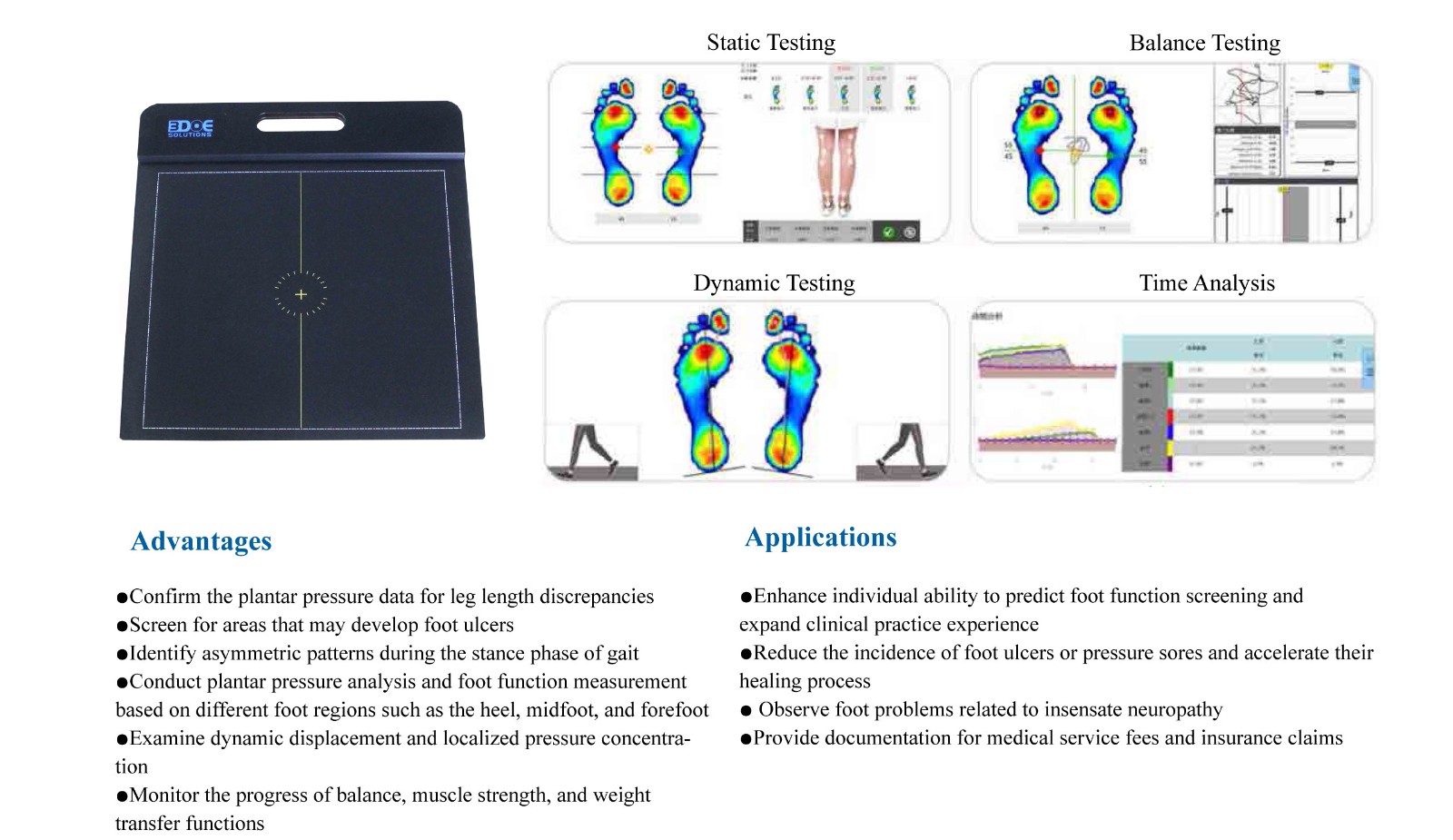
The pressure sensors are very sensitive. Long-term stepping, dust accumulation, and humidity changes all affect measurement accuracy. Without maintenance, the device may experience data drift, sensor unresponsiveness, or failure—mildly affecting measurement results, but severely damaging the hardware itself, impacting customer experience and business operations.
So, how should the foot pressure plate be maintained on a daily basis?
First, regular cleaning. The surface of the pressure plate is exposed for long periods and easily accumulates dust, skin flakes, and even sweat stains. It is recommended to wipe the surface daily with a clean soft cloth and avoid using cleaning agents containing alcohol or strong corrosives.
Second, avoid strong impacts or squeezing. Although the pressure plate is designed for stepping, it is not indestructible. Especially during transportation, moving, or storage, avoid placing heavy objects on it to prevent damage to internal sensors.
Third, regular calibration. Like weighing equipment, the foot pressure plate also requires regular system calibration. Generally, it is recommended to perform calibration checks every 3 to 6 months to ensure data remains accurate and reliable. For stores or rehabilitation centers with high-frequency use, monthly maintenance is suggested.
Fourth, perform simple checks before and after use. Before each use, the tester can stand still on the plate for a few seconds to check whether the system recognizes left and right foot pressure and to observe if the interface display is normal. Although simple, this kind of self-check is an effective way to prevent equipment errors.
Fifth, keep away from humidity and high temperatures. Electronic sensor equipment is most vulnerable to moisture and overheating. It is advised to store the foot pressure plate in a dry, ventilated place with moderate temperature to extend the device’s lifespan.
In summary, the foot pressure plate is both a technological device and a data tool. With proper maintenance, it will be your reliable partner in accurately analyzing users’ foot health and promoting personalized product design. If neglected, it may become a “stumbling block” that misleads judgments and lowers trust.

 +86-0755-86131192
+86-0755-86131192 2025-06-19
2025-06-19 Back to list
Back to list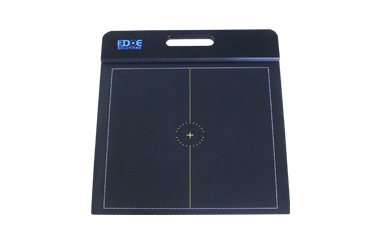
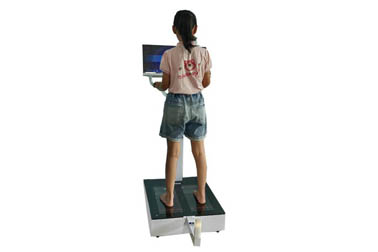
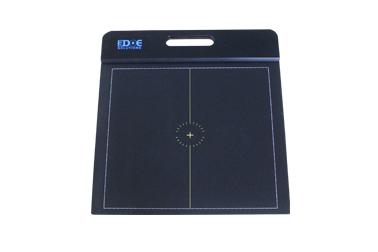
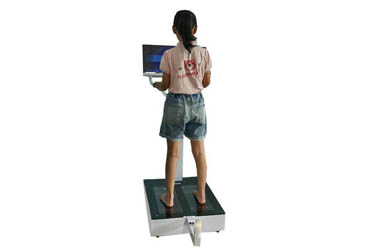
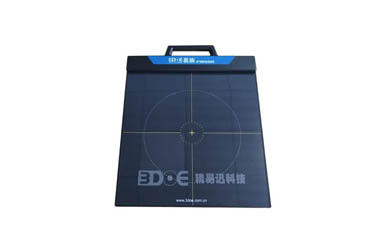
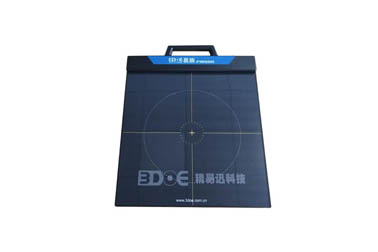



 +86-0755-86131192
+86-0755-86131192